The mango plant (Mangifera indica), often referred to as the “king of fruits,” is cherished for its sweet, aromatic fruits and lush evergreen foliage. Native to South Asia but now cultivated worldwide in tropical and subtropical regions, mango trees are a staple in home gardens, orchards, and even indoor containers in certain climates. While mango plants are relatively hardy and drought-tolerant once established, proper watering is crucial during their early growth stages and fruiting periods.
One of the most common challenges faced by mango growers — whether hobbyists or orchard owners — is understanding when and how to water the plant appropriately. Both overwatering and underwatering can lead to poor growth, leaf drop, pest issues, and reduced fruit yields.
In this complete care guide, we’ll cover how to determine when your mango plant needs water, watering techniques for different growth stages, seasonal considerations, and tips for maintaining a healthy, productive plant.
Why Proper Watering Matters for Mango Plants
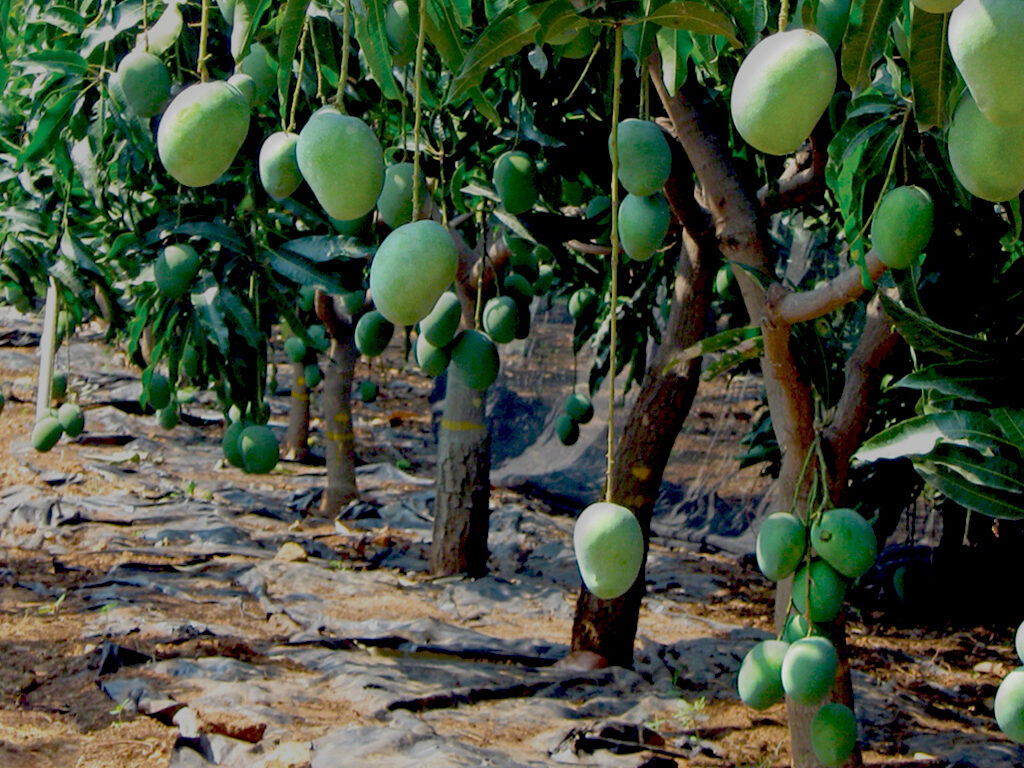
Water is essential for mango plants, facilitating vital processes like:
- Photosynthesis
- Nutrient absorption
- Fruit development
- Leaf turgidity and overall plant health
However, the mango plant’s needs vary based on factors such as age, climate, soil type, and season. Understanding the plant’s water requirements can help prevent stress and promote healthy, abundant fruit production.
Signs Your Mango Plant Needs Water
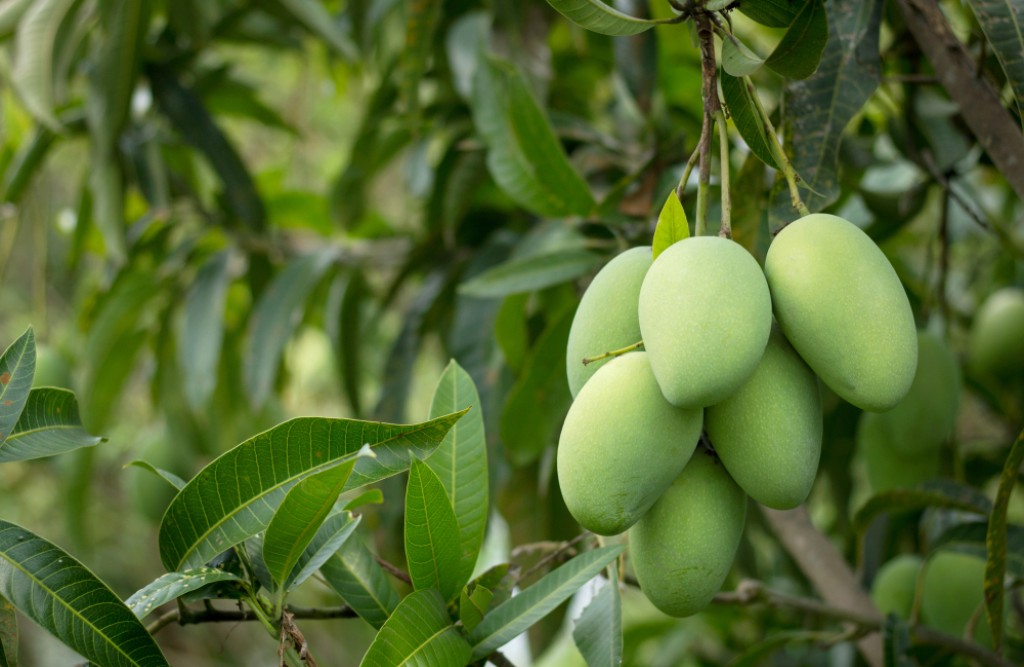
Since plants can’t speak, they display visible cues to indicate thirst or water stress. Here are the common signs your mango plant may need watering:
1. Drooping or Wilting Leaves
One of the earliest signs of water deficiency is drooping, limp leaves. The leaves lose their turgidity, appear dull, and hang lifelessly from the branches.
2. Dry, Cracked Soil
Check the soil surface around the mango plant. Dry, hardened, or cracked soil is a clear indicator of insufficient moisture. For potted mango plants, the soil pulling away from the container’s edges signals dryness.
3. Leaf Browning and Curling
Prolonged water scarcity may cause leaf edges to turn brown, dry out, and curl inward. This typically starts from the leaf tips and progresses if not corrected.
4. Slow or Stunted Growth
Without adequate water, the plant’s growth slows significantly. New leaves and shoots may appear sparse or undersized.
5. Premature Leaf Drop
If leaves fall off before their natural shedding season, it’s often a sign of severe water stress.
6. Underdeveloped or Dropping Fruits
During flowering and fruiting stages, water shortage can cause flowers and immature fruits to drop prematurely, reducing yields.
How to Check Soil Moisture Accurately
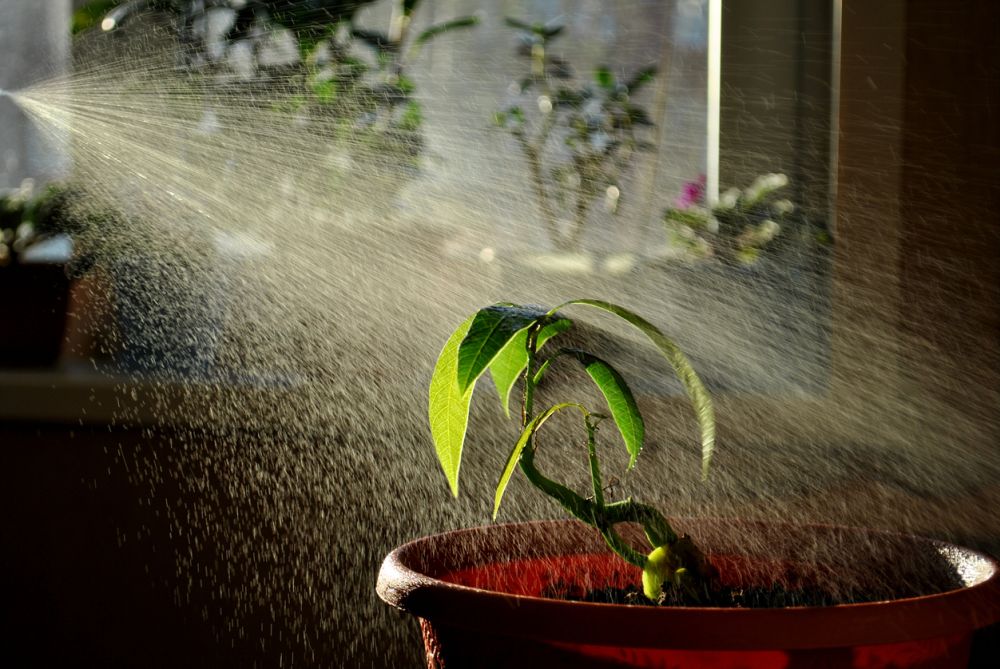
Besides observing plant symptoms, checking soil moisture is a reliable way to determine watering needs:
1. Finger Test
Insert your finger 2-3 inches into the soil near the plant’s base. If it feels dry at that depth, it’s time to water.
2. Soil Moisture Meter
A soil moisture meter offers a quick, accurate reading of soil dampness. Insert the probe into the soil and check the reading to assess moisture levels.
3. Wooden Stick Test
Push a wooden stick or chopstick into the soil. If it comes out clean and dry, the soil lacks moisture.
Watering Guidelines for Mango Plants
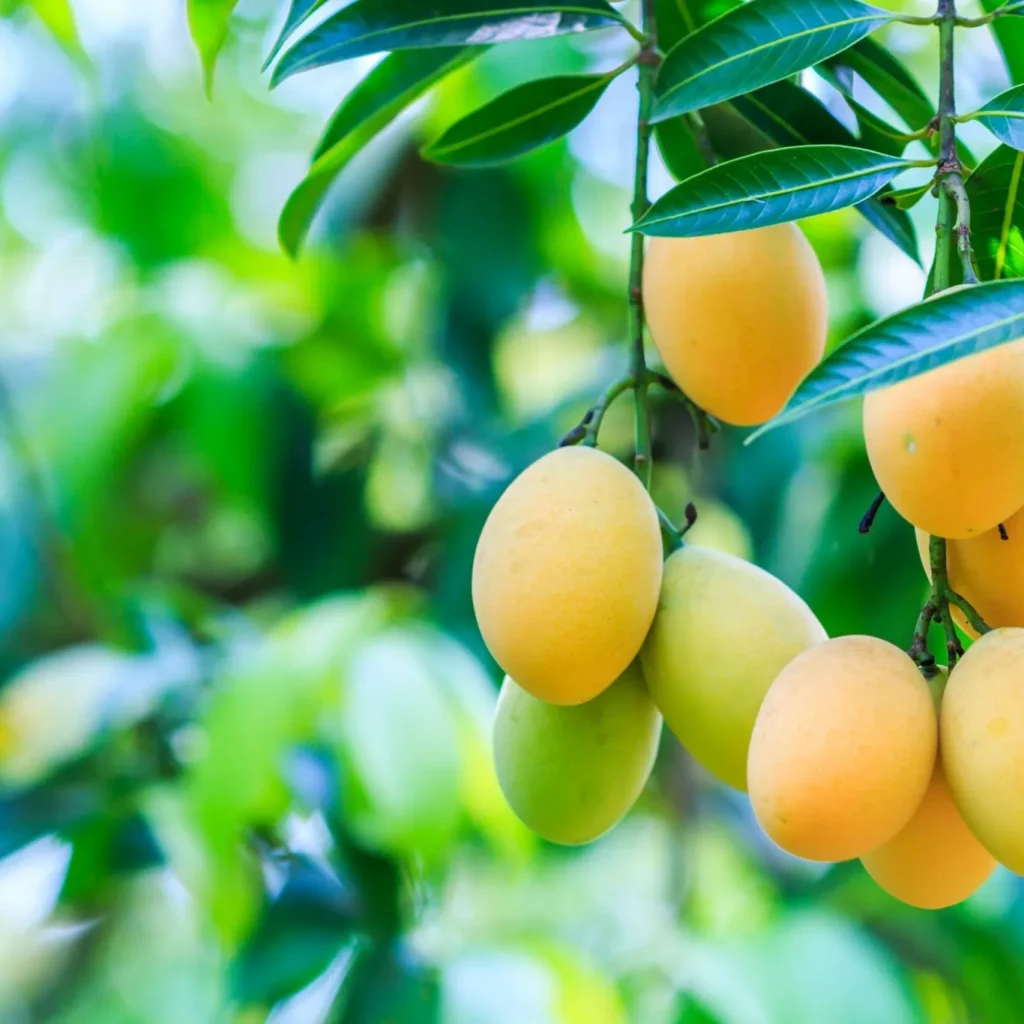
Different growth stages and environmental conditions influence watering frequency and quantity. Here’s a comprehensive guideline:
1. Watering Young Mango Plants (First 2-3 Years)
Young mango trees have shallow, developing root systems and require regular watering to establish themselves.
- Frequency: Water every 2-4 days during hot, dry weather and once a week in cooler months.
- Method: Water deeply to encourage roots to grow downward.
- Tip: Avoid keeping the soil soggy, which can cause root rot.
2. Watering Mature Mango Trees
Once established, mature mango trees become more drought-tolerant but still need strategic watering.
- Frequency: Water every 10-15 days during dry spells.
- Method: Provide deep irrigation, ensuring water reaches the deeper roots.
- Tip: Mulch around the base with organic material to conserve soil moisture.
3. Watering During Flowering and Fruiting
During flowering and fruit set, consistent moisture is crucial to prevent flower and fruit drop.
- Frequency: Water every 7-10 days if no rainfall occurs.
- Tip: Avoid overhead watering as it can cause fungal infections in flowers.
4. Watering in Rainy Season
In areas with heavy rainfall:
- Reduce watering frequency significantly.
- Ensure proper drainage to prevent waterlogging and root diseases.
- Remove excess mulch temporarily if it traps too much moisture.
Factors Affecting Mango Water Requirements
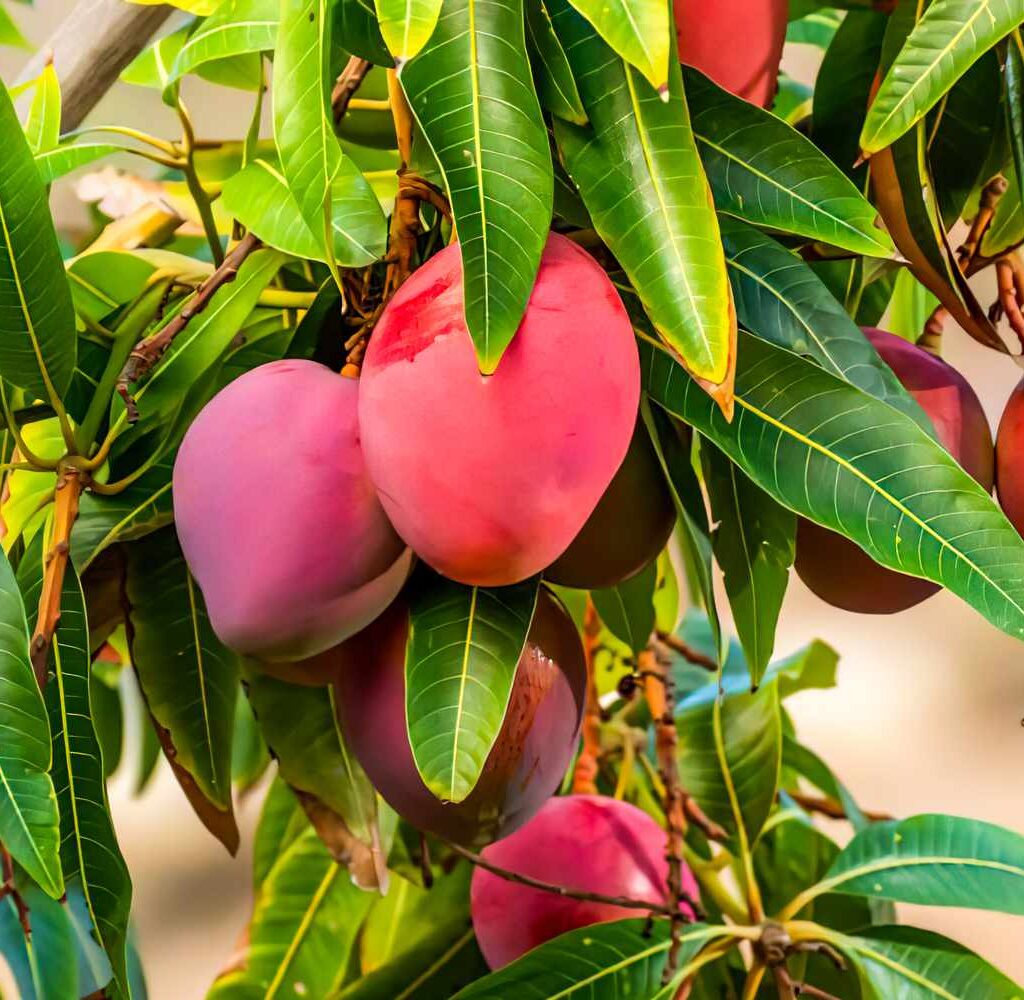
Several factors influence how much and how often your mango plant needs water:
1. Climate
- Hot, dry climates: Require more frequent watering.
- Cooler or humid regions: Less frequent watering is necessary.
2. Soil Type
- Sandy soils: Drain quickly and need more frequent watering.
- Clay soils: Retain moisture longer; water less often but monitor for waterlogging.
3. Plant Size
- Larger, mature trees: Need deep, less frequent watering.
- Smaller plants: Require more consistent moisture.
4. Wind Exposure
Areas with strong winds dry out soil faster, increasing water requirements.
Watering Methods for Mango Plants
Choosing the right watering technique ensures efficient water delivery without wastage.
1. Basin or Ring Irrigation
Create a shallow basin around the tree’s dripline (the area directly below the outer branches) and fill it with water. This ensures even moisture distribution to the root zone.
2. Drip Irrigation
Ideal for water conservation and slow, steady moisture delivery. Place drip emitters around the root zone.
3. Deep Soak
Use a garden hose at a slow trickle for several hours to soak the soil deeply, promoting deep root growth.
4. Mulching
Apply 2-4 inches of organic mulch (straw, leaves, wood chips) around the base to retain moisture and regulate soil temperature.
Common Watering Mistakes to Avoid
Even well-meaning gardeners sometimes overdo or neglect watering. Avoid these pitfalls:
- Overwatering: Causes root rot, leaf yellowing, and fungal diseases.
- Underwatering: Leads to wilting, leaf drop, and poor fruit development.
- Watering during the heat of the day: Leads to rapid evaporation and possible leaf scorch.
- Using poor drainage soil: Increases the risk of waterlogging and root damage.
Seasonal Watering Tips
- Spring and Summer: Increase watering frequency during active growth and flowering.
- Monsoon (Rainy Season): Reduce manual watering, but monitor for waterlogging.
- Autumn and Winter: Decrease watering as the plant enters dormancy.
Conclusion
Understanding when and how to water your mango plant is a vital aspect of successful plant care. By paying attention to plant signals like drooping leaves and dry soil, using reliable soil moisture tests, and adjusting your watering schedule according to the plant’s age, climate, and season, you can ensure your mango plant stays healthy and productive.
Remember to:
- Water young plants regularly to help establish strong roots.
- Deep water mature trees less frequently but thoroughly.
- Increase watering during flowering and fruiting seasons.
- Avoid overwatering, especially during rainy months.
With these guidelines, you’ll not only keep your mango plant thriving but also enjoy a bountiful harvest of sweet, juicy fruits for years to come.

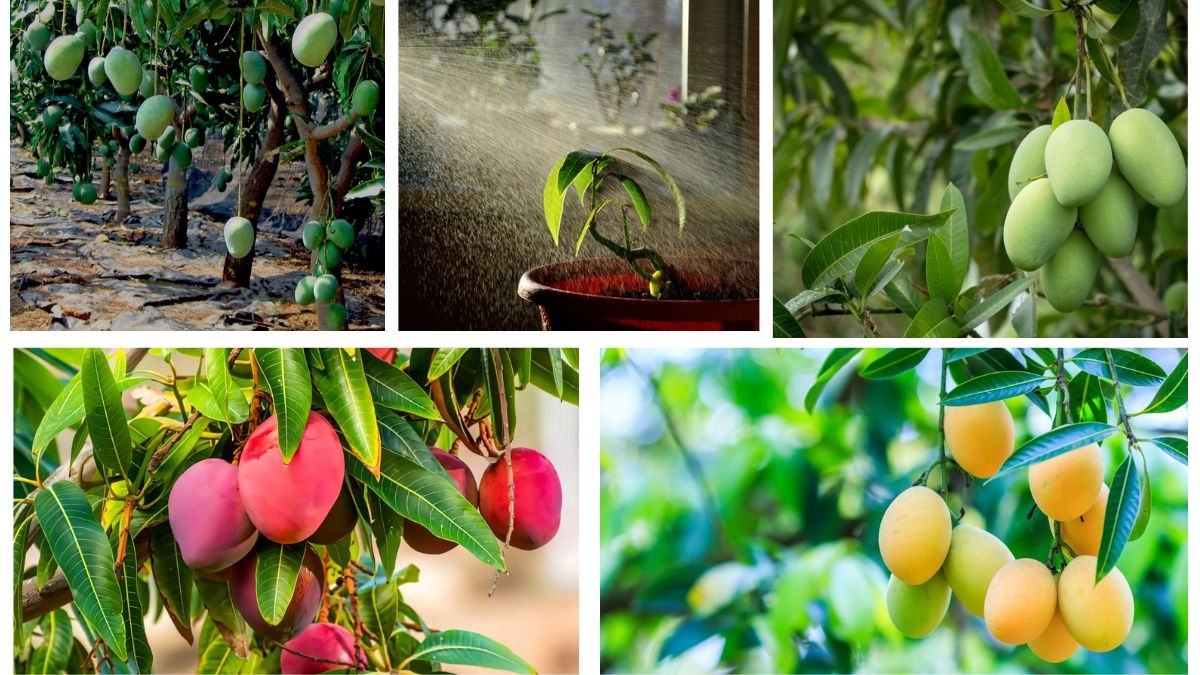




Leave A Comment